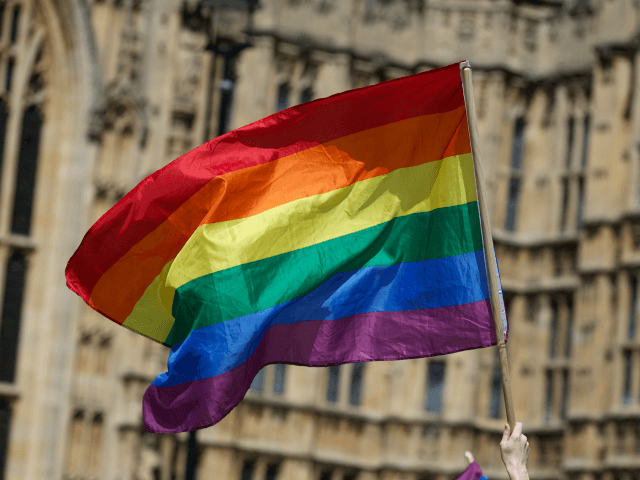A new study has concluded that while no single “gay gene” exists, same-sex sexual behavior is likely influenced by the interaction of many genetic and environmental factors.
Results of the investigation showed that, as is the case for much of human behavior, same-sex sexual behavior is influenced by both “nature and nurture.”
There is no single “gay gene,” according to a new study in Science. Thousands of genetic variants are linked to the trait, each with small effects. Homosexual behavior is influenced both by genetic and environmental factors, like most other human traits. https://t.co/2BeT1rbrfl pic.twitter.com/QbxueoLbLz
— Science Magazine (@sciencemagazine) August 29, 2019
The large-scale study was headed by Andrea Ganna, of both the MIT Broad Institute and Massachusetts General Hospital (MGH), and published at Science. The study was performed in the wake of other studies that reported genetic variants associated with sexual orientation, but whose sample sizes were too small to allow their results to be meaningful.
Ganna and colleagues conducted their research with 470,000 participants from the United States, the United Kingdom, and Sweden.
With data sourced from the UK Biobank and from personal genetics company 23andMe, the researchers investigated the genetic makeup of individuals who reported same-sex sexual behavior.
“Throughout this manuscript, we use the terms ‘female’ and ‘male’ rather than ‘woman’ and ‘man,’” the authors note. “This is because our analyses and results relate to biologically defined sex, not to gender.”
In the end, the researchers were unable to find any specific genetic patterns that could ultimately be used to predict or identify an individual’s sexual orientation.
They say they did observe, nevertheless, five locations in the human genome that are clearly associated with same-sex sexual behavior.
The researchers explain:
Three of these replicated in other independent samples whose measures related to identity and attraction rather than behavior. In particular, the finding that one … is linked to male pattern balding and is nearby a gene … relevant to sexual differentiation strengthens the idea that sex-hormone regulation may be involved in the development of same-sex sexual behavior.
That another location is reportedly “strongly linked to several genes involved in olfaction [sense of smell] raises intriguing questions,” they add:
Although the underlying mechanism at this locus is unclear, a link between olfaction and reproductive function has previously been established. Individuals with Kallmann syndrome exhibit both delayed or absent pubertal development and an impaired sense of smell because of the close developmental origin of fetal gonadotropin-releasing hormone and olfactory neurons.
“[M]any loci underlie same-sex sexual behavior in both sexes,” the researchers continue:
We found several personality traits (loneliness and openness to experience), risky behaviors (smoking and cannabis use) and mental health disorders, but not physical traits, to be significantly genetically correlated with same-sex sexual behavior. We found in both sexes that same-sex sexual behavior was positively genetically correlated with several psychiatric or mental health traits …
Regarding environmental factors influencing same-sex sexual behavior, co-author Ben Neale of the MIT Broad Institute and MGH said, according to Cosmos, “[W]e can’t say what those environmental factors are, it’s more that we have a sense they exist because we put bounds on the extent to which the genetics is really influencing the trait.”
“Both things matter,” he added nevertheless. “That’s the sort of take-home message. Yes, there’s some biology and yes, there’s likely some environment, but beyond that we can’t specify.”

COMMENTS
Please let us know if you're having issues with commenting.